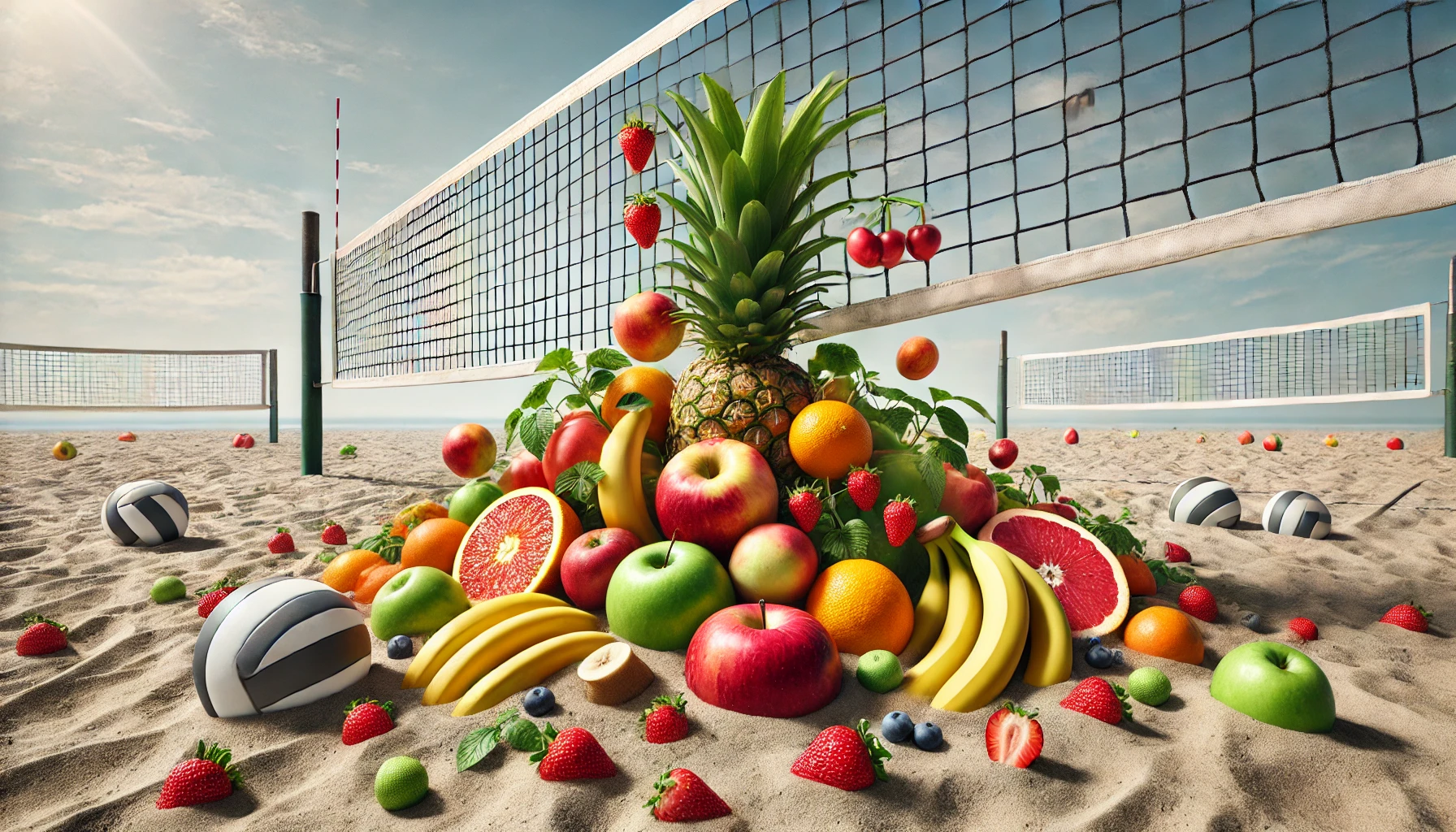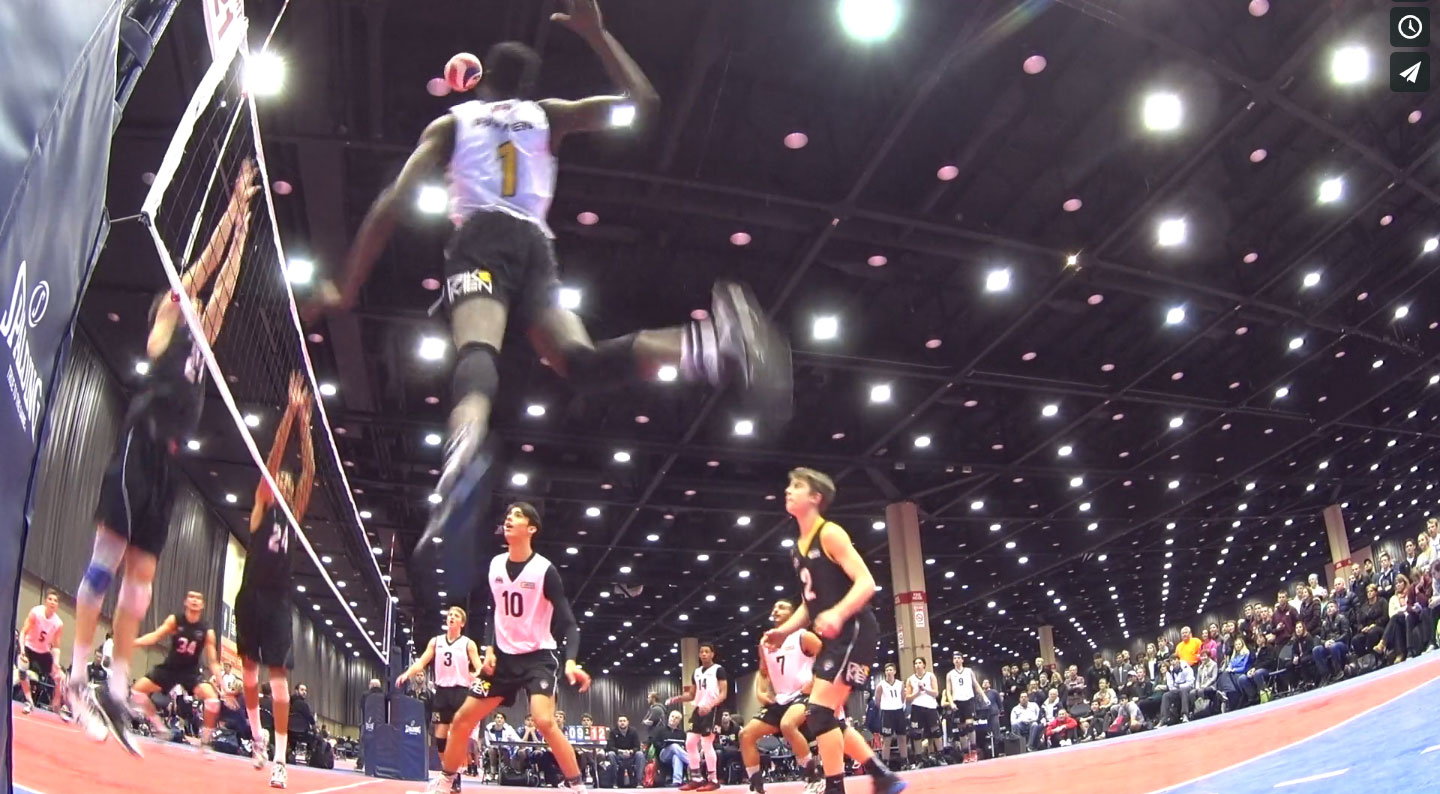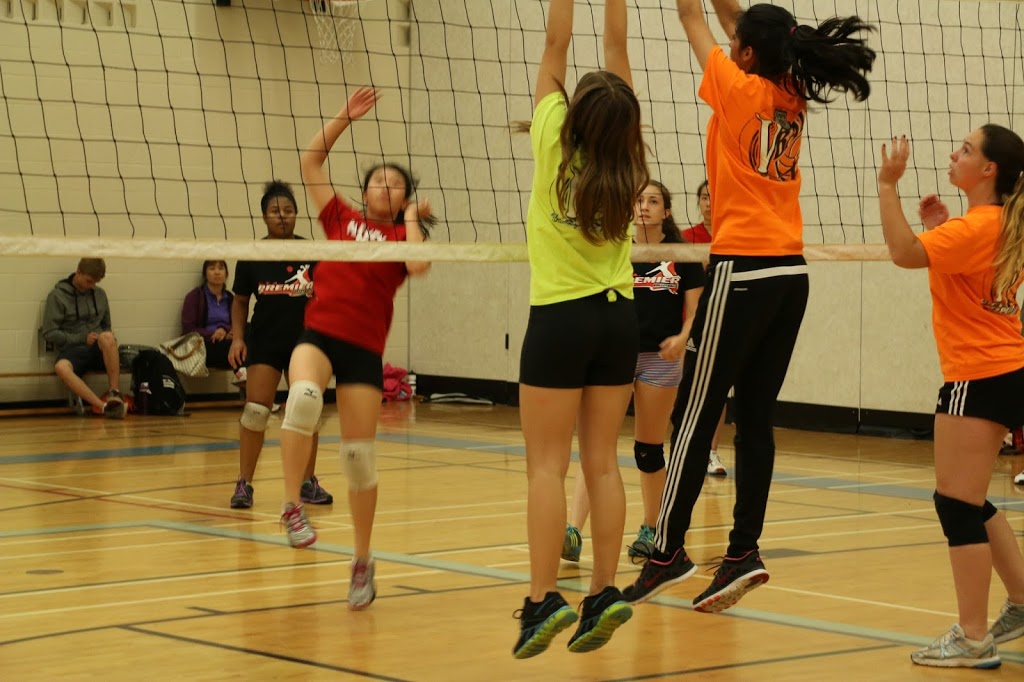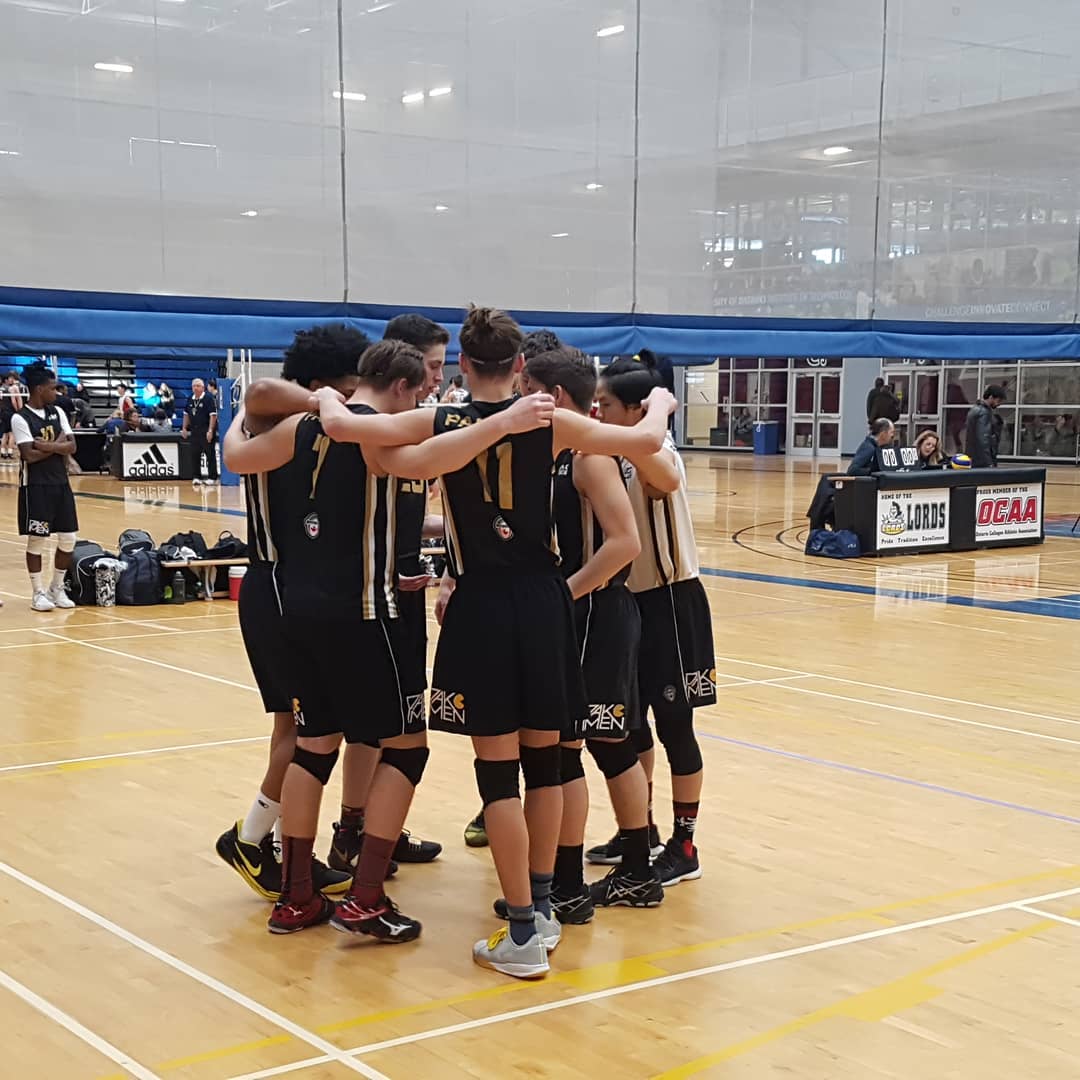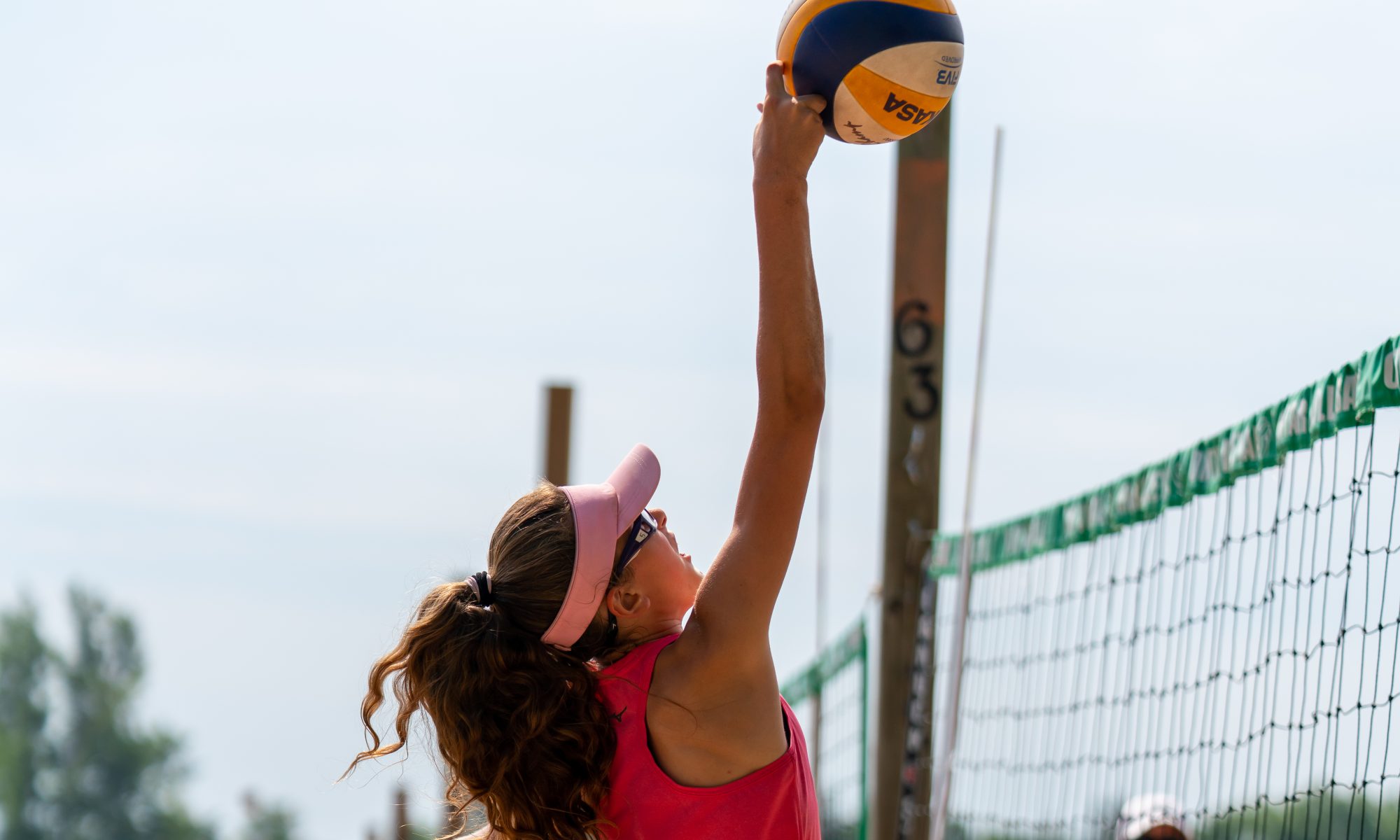Nutrition plays an important role in the success of volleyball players. There is a direct link between nutrition and volleyball performance. That’s why athletes should always take their nutrition plans seriously.
Every volleyball player aims to achieve optimal performance. Eating a healthy and balanced diet allows volleyball players to get the most out of their training efforts and, most importantly, improve their performance.
Healthy eating is crucial for peak volleyball performance. Today, we are going to talk about the foods that volleyball players should eat to perform well on the court. Also, we’ll provide nutrition tips for volleyball players.
So, let’s get started.
Eating Foods Rich in Carbohydrates
Carbohydrates help volleyball players restore energy during games and practices. Normally, a volleyball player should consume about 1 – 1.2 grams of carbohydrates per kilogram of body weight for an hour of playing time. Eating carbohydrates is particularly important for such volleyball players as liberos and setters. It’s worth noting that these volleyball players spend most of their time on the court during games. That’s why they need to restore their energy more frequently for better performance.
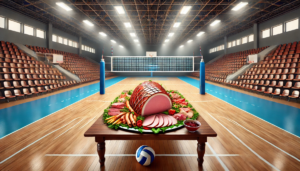 Eating Foods Rich in Proteins
Eating Foods Rich in Proteins
Protein is crucial for volleyball payer’s muscle recovery. So, athletes should eat protein after playing games. It’s important to know that eating protein is particularly important for volleyball hitters, who make fast arm swings. Generally speaking, volleyball players should eat approximately 0.25 – 0.3 grams of protein per kilogram of body weight for an hour of playing time.
Eating Foods Rich in Healthy Fats
Volleyball players need to eat healthy fats regularly. Fats provide volleyball players with the lasting energy they need to perform well on the court for a long time during the game. It would be great to eat healthy fats 3 hours before volleyball games and practices. By doing so, you’ll be able fuel your body properly for long matches and demonstrate excellent results on the court.
Ideal Diet for Volleyball Players
Volleyball players should eat correctly before, during and after games. The ideal diet of a volleyball player has to include foods which are rich in carbohydrates, proteins and healthy fats.
Sources of carbohydrates include:
- avocado
- bananas
- bagels
- cereal
- crackers
- fish
- granola bars
- muffins
- nuts
- olive oil
- pretzels
- sport bars
Sources of proteins include:
- beans
- dairy
- chicken
- cheese
- eggs
- fish
- milk
- nuts
- lean red meat
- poultry
- peanut butter
- pumpkin seeds
- seafood
- sport bars
- turkey
- yogurt
Sources of healthy fats include:
- brown rice
- grainy breads
- quinoa
- whole grain pasta
It’s crucial to consume carbohydrates, proteins as well as healthy fats in the right amounts. The amount of carbohydrates, proteins and healthy fats that volleyball players should consume mainly depends on such factors as frequency of training, playing time and body weight.
Therefore, the amounts of carbohydrates, proteins and healthy fats have to be calculated for each volleyball player individually. Generally speaking, volleyball player’s diet has to meet his/her nutritional needs.
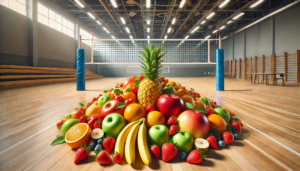 Nutrition Tips for Volleyball Players
Nutrition Tips for Volleyball Players
Volleyball players should diversify their diets. They should get creative about their diets. It’s a good idea to consume a variety of foods. There are many good foods for volleyball players.
A well-balanced diet will provide athletes with various nutrients. Eating such a diet allows volleyball players to maximize their performance and do a great job on the court.
Nutrition for volleyball players should always begin with meticulous planning and preparation. Athletes need to know what to eat before and after volleyball games. Volleyball players should develop an ideal nutrition plan that works and allow them to reach the peak performance. After that, a volleyball player has to follow a nutrition plan. Later, volleyball players may need to optimize their meal plans.
It’s necessary to spread calorie intake during the day. Athletes should analyze their meal and snack options ahead of time and decide what to eat before, during and after volleyball practices and tournaments.
Volleyball players should always start their day with breakfast. By doing so, they can fuel their body properly in the morning before workouts. They should eat foods that will give them energy to perform well on the court and do other tasks during a day.
Athletes should eat at the right time for optimal volleyball performance. It would be better to schedule nutrition in advance. It’s necessary to plan timing of meals and snacks and take into consideration training times as well as game times. Volleyball players should make sure that they will have enough time between the times when they eat and training times or game times.
It’s necessary to eat 2 – 3 hours before volleyball games and practices. It’s crucial for volleyball players to eat the right meals before volleyball practices and tournaments. It’s also important to note that volleyball players shouldn’t consume too much food before games and practices. They should eat adequate quantity of meals.
Among the best pre-game meal ideas for volleyball players are: bananas, low fat Greek yogurt, low sugar yogurt, peanut butter, muffin with avocado, sandwich with chicken, energy bar, sport bar, toast, sushi, oatmeal, fruit salad, etc.
Volleyball players should have a small snack one hour before a volleyball match. Pre-match snacks allow volleyball players to perform best on the court during matches and practices. Volleyball players should eat foods which are easy to digest before volleyball practices and matches. Among the best snack ideas for volleyball players are: banana bread, jam, crackers, dried fruits as well as nuts and seeds.
Volleyball players should eat something after games and practices. They should eat 30 – 60 minutes after physical activity. In this case, volleyball players should concentrate on the so-called recovery nutrition. They should eat meals that promote muscle repair and help athletes restore energy after practices and matches.
It makes sense to consider such meals as chocolate milk, sandwiches, sport bars, smoothie, yogurt with fruits, etc. Eating these foods will help volleyball players recover after games and practices quickly and efficiently.
Don’t forget about hydration! It’s important to know that hydration affects the performance of volleyball players. Volleyball players should always drink enough water to keep their body well-hydrated.
It’s necessary to drink water before, during and after volleyball games and practices. Athletes should drink about 4 – 6 oz of water every 15 – 20 minutes.
On top of that, volleyball players should discuss their thoughts on nutrition with a coach. After analyzing your nutrition plan carefully, a coach may give you an advice. And of course, you should follow an advice of a coach.
Final Thoughts
Thank you so much for reading this article. There has been a lot of talk about the importance of nutrition for volleyball performance. Optimizing nutrition has to be one of the most important tasks for volleyball players.
Volleyball players can benefit from the proper nutrition in a number of different ways. Proper nutrition makes it possible for volleyball players to increase strength, generate more power and improve performance.
It goes without saying that a well-balanced diet is incredibly important for volleyball players for all skill levels. We’ve provided insights into healthy eating and nutrition for the optimal volleyball performance.
We’ve told you what foods volleyball players should eat to maximize their performance on the court. And of course, volleyball players should add these foods to a diet.
On top of that, we’ve provided nutrition tips that volleyball players need to follow to improve their performance. Following these tips will allow you to eat right and, therefore, perform well on the court.
Hopefully, reading this article will help you come up with the best meal ideas for volleyball players. Volleyball players should eat healthy, train hard and train regularly to improve their performance!
Best of luck!

